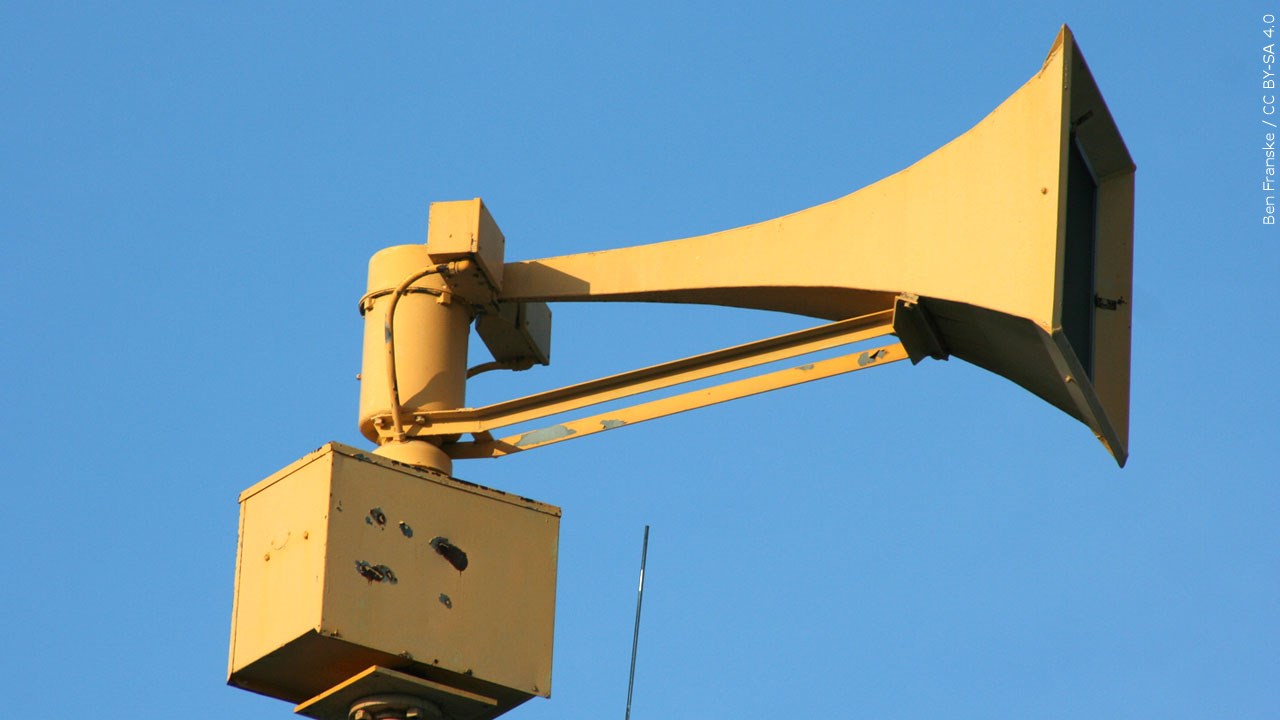Tornado drills to happen across Minnesota Thursday

Credit: MGN
(ABC 6 News) – Spring is the season when Minnesotans have to start thinking about severe weather and having a plan in place for when it may occur.
Each year, the Minnesota Department of Public Safety (DPS), along with the National Weather Service (NWS) and other state and local government agencies, sponsors Severe Weather Awareness Week.
RELATED: What to know during Severe Weather Awareness Week in Minnesota
Each day of the week focuses on a different topic and features two statewide tornado drills which will take place Thursday. During the drills, local sirens and all National Oceanic and Atmospheric Administration (NOAA) weather radios will sound with a simulated tornado warning.
The first tornado drill will occur at 1:45 p.m. The second drill will occur at 6:45 p.m. These drills give Minnesotans the opportunity to review their emergency plans and procedures and practice emergency drills at work or at home.
According to the NWS, Minnesota has an average of 39 tornadoes per year, with peak tornado season being from May to August.
The Ultimate Severe Weather Guide
Below are a few facts and reminders about tornado safety and what to do during tornado alerts:
- Tornadoes may strike quickly with little warning
- Tornadoes can occur any time of day or night but often occur between 3 pm and 8 pm.
- Flying debris is very dangerous and most often the cause of death and injuries.
- Be alert to changing weather conditions
- Have a plan for severe weather including a safe sheltering place
- Monitor weather conditions.
- Find shelter immediately in a basement, storm shelter or interior room away from windows on the lowest floor
- Leave mobile homes or trailers and find a sturdy nearby building
- If outside when a tornado warning is issued, lie flat in a ditch or depression, do not get under an overpass, or bridge and watch for flying debris
If impacted by tornado damage, there are a few important things to remember. Listen to local officials, stay up to date on the forecast, contact family members and be mindful of debris (such as glass and nails) and downed power lines. Have a working radio with batteries and use flashlights instead of candles to avoid starting fires.
More information is available on the Homeland Security and Emergency Management (HSEM) and National Weather Service (NWS) websites.